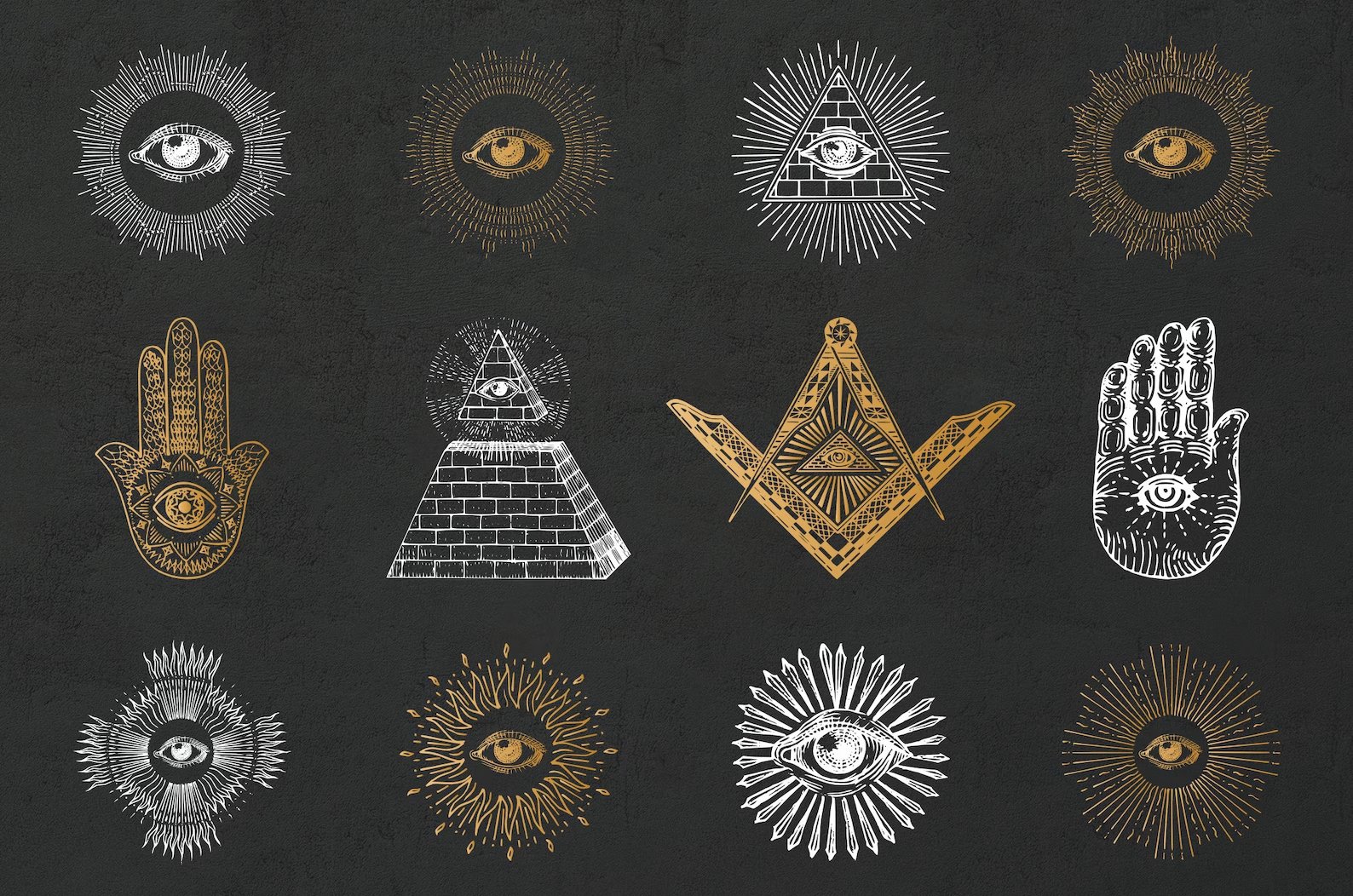Eye of Horus vs. The All-Seeing Eye — Symbols of Power
Comparing the Eye of Horus and the All-Seeing Eye: their origins, meanings, and cultural significance.
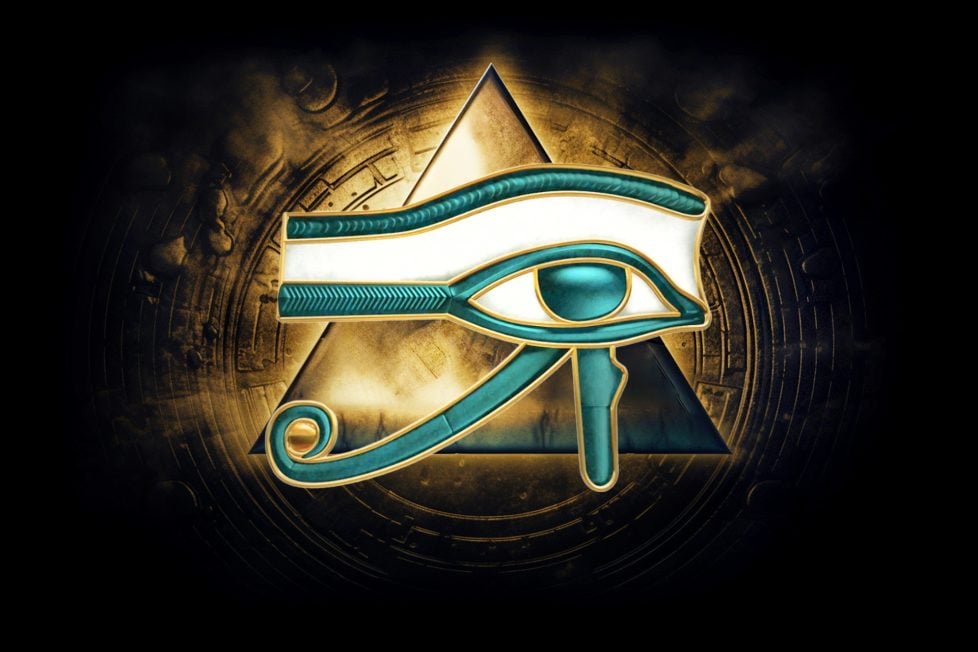
Comparing the Eye of Horus and the All-Seeing Eye: their origins, meanings, and cultural significance.

Table of Contents
ToggleA veil of mystique hangs in the air. It’s projected by two symbols of divine power. The Egyptian Eye of Horus and the All-Seeing Eye from the Renaissance era. They are eyes that never sleep. They are eyes that see all, know all, and protect all.
These two symbols have been woven into the fabric of human culture. They’ve left a lasting impact. Their footprints are found in art, history, religion, and modern popular culture. Each eye carries a story from an era long gone. Yet their gaze continues to captivate.
One might wonder if these symbols are kindred spirits. Did one inspire the other? Or are they both the brainchildren of the universal human desire for security and protection?
This piece aims to shed light on these fascinating symbols. We will explore their origins, their meanings, and their influences.
Lets venture into the ancient sands of Egypt, where we encounter a powerful symbol: the Eye of Horus. Also known as the Wedjat eye, it’s an emblem of protection, restoration, and divine power. The depiction of the Eye of Horus is a blend of a human and a falcon’s eye, adorned with a teardrop and a brow mark.It is a very common element in ancient Egyptian art.
The Eye of Horus was a beacon of hope and safety. It promised divine protection and healing. The symbol became a mainstay in the design of Egyptian amulets. These amulets, graced by the eye, were cherished jewels. They provided a shield against misfortune and danger to Egyptians starting in the Old Kingdom era, all the way through to the Roman period.
Imagine ancient Egyptian sailors, ready to brave the vast, unpredictable seas. Before setting sail, they would paint the Eye of Horus on the bows of their boats. It wasn’t just a decoration. It was a prayer, a plea for safe passage. The eye was their guardian, watching over them as they traversed the treacherous waters.
The symbol’s influence didn’t stop at the borders of Egypt. It made its way to Greece and Rome. The Greeks and Romans saw parallels between Horus and their own gods, Apollo and Jupiter, respectively. The symbol was adopted, and the Eye of Horus began to grace Greek and Roman amulets. It served the same purpose—a shield against evil and illness.
The mythic origin story behind the symbol is one of strife and restoration. The god Horus was involved in a bitter fight with his rival Set. In this legendary conflict, Set tore out one of Horus’s eyes. However the eye was later healed thanks to the intervention of another god, Hathor. This myth gave life to the symbol, turning it into an icon of healing and protection.
The Eye of Horus symbolized well-being, health, and divine protection for the ancient Egyptians. It represented the power of the gods reaching out to help kings and commoners alike, in times of need.
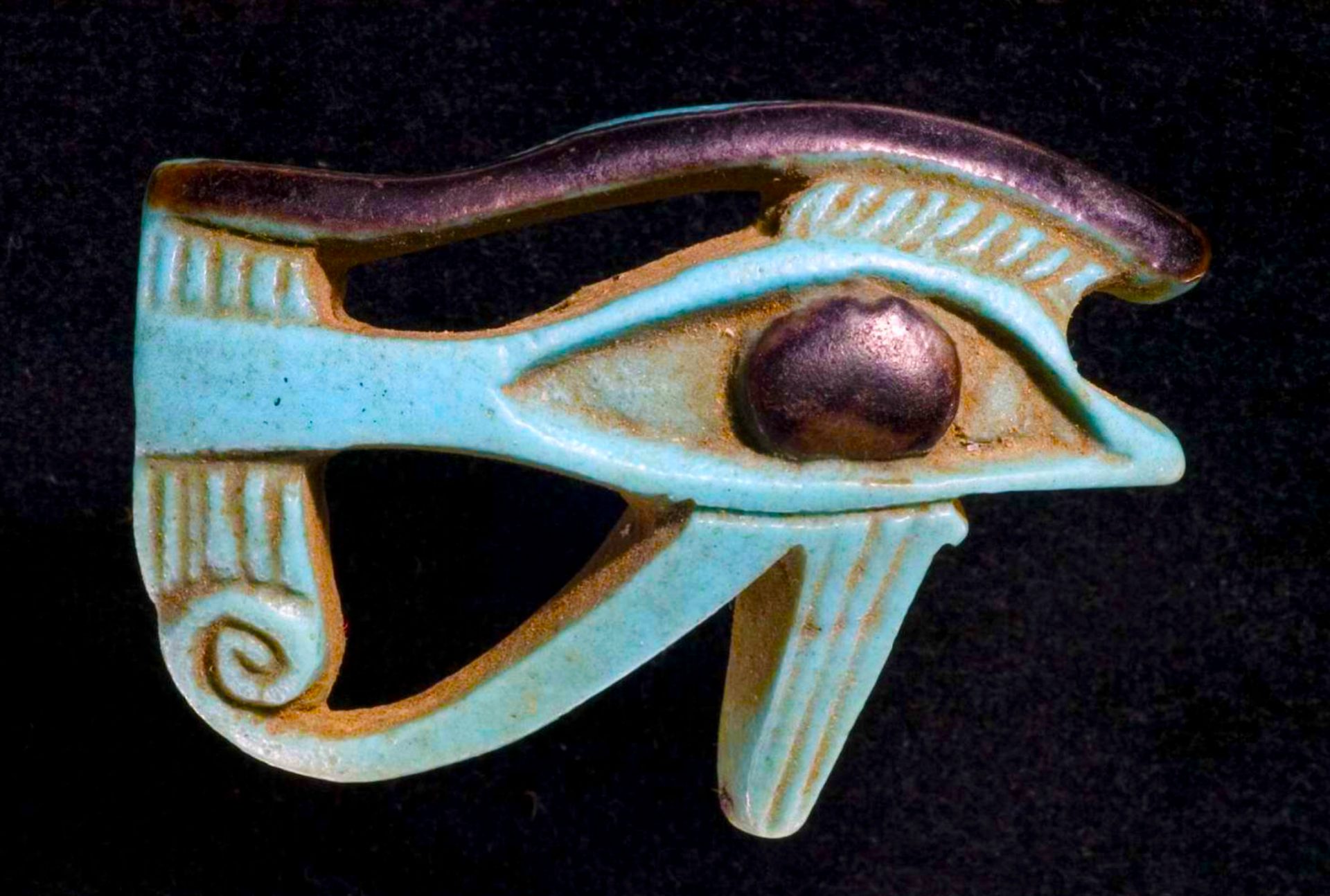
As we journey from ancient Egypt to Renaissance-era Europe, we encounter another eye-catching emblem: the All-Seeing Eye of God. Also known as the Eye of Providence, this symbol has a profound significance. It is a potent reminder of the divine providence, the guiding hand of God. It represents the belief that all events, all history, are under God’s control.
The symbol is simple yet impactful. An eye enclosed in a triangle, surrounded by rays of light. It’s an image that conveys a potent message: God sees all. Nothing can escape His gaze. The Eye of Providence is a representation of God’s justice, wisdom, and care.
There are references to this divine eye in the Bible, particularly in the Book of Psalms. It’s associated with God’s wisdom and justice. Another book that is included in some Bibles, The Book of Sirach, takes this idea further. It describes the eyes of the Lord as being ten thousand times brighter than the sun. This is a powerful message—there is no hiding from God.
The symbol of the All-Seeing Eye of God emerged during the late Renaissance period. Artists began to use it as an emblem of the Holy Trinity: the Father, the Son, and the Holy Spirit. The triangle enclosing the eye became a symbol of unity. It spoke of the equality of the three persons of God.
The Eye of Providence appeared in many notable works of the time. It crowned the image of three faces in Pontormo’s 1525 Supper at Emmaus. It graced the pages of a book of emblems called the Iconologia by Cesare Ripa in 1593. In each instance, it served as a reminder of the divine presence. It was a symbol of enlightenment, wisdom, and divine justice. It was the constant, watchful gaze of God, ever present and ever vigilant.
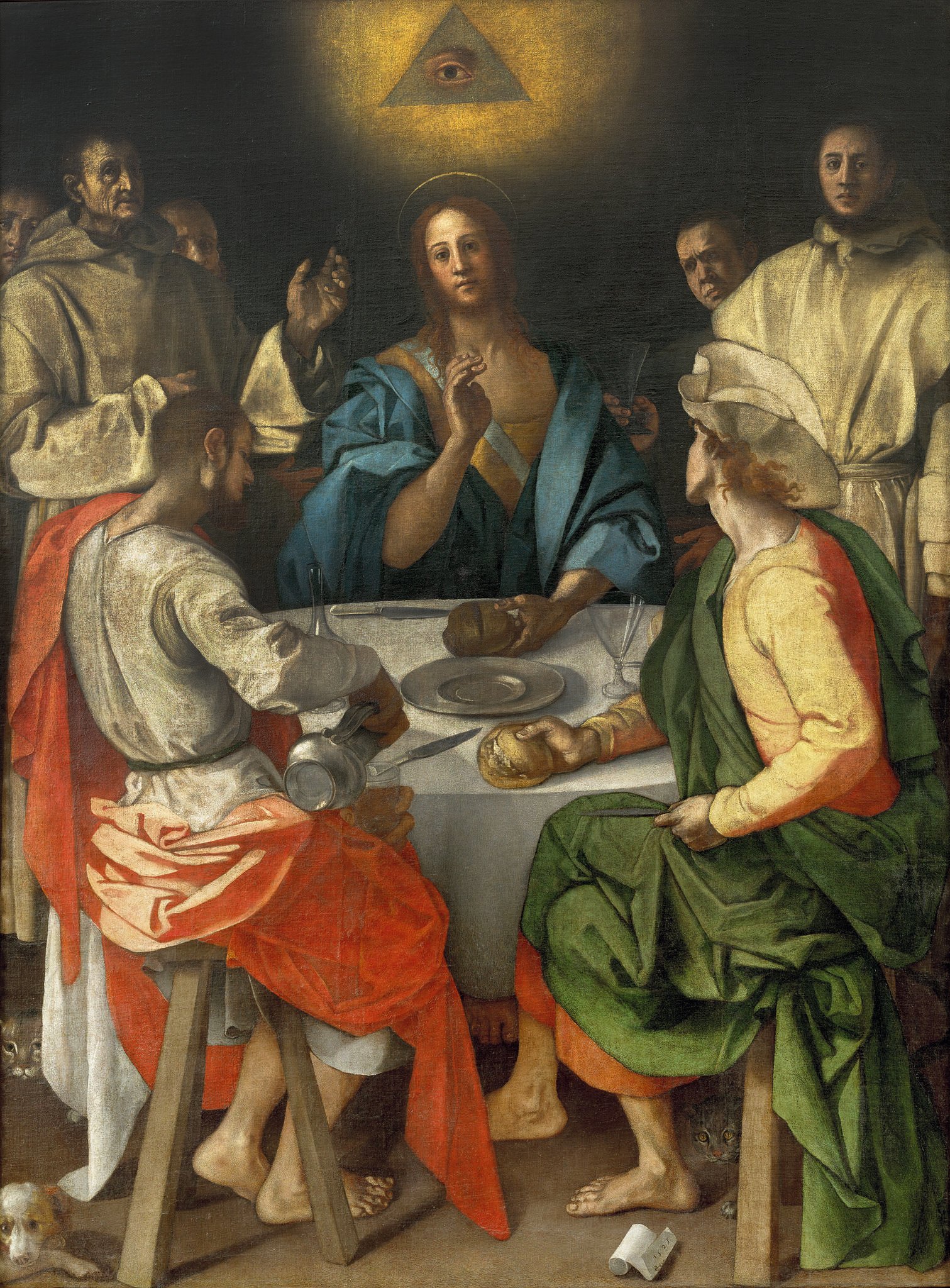
Despite their origins in different eras and locations, the Eye of Horus and the All-Seeing Eye share common themes. They are eyes, symbols of watchfulness and vigilance. These similarities suggest a shared symbolic language transcending cultures.
Both symbols represent divine watchfulness. The Eye of Horus watches over people, as does the Eye of Providence. These symbols also signify divine protection. The Eye of Horus is associated with health, regeneration, and protection. The Eye of Providence, too, denotes God’s care and protection over His creations. It is meant to be a comforting concept: no matter what, we are under the watchful eyes of the divine.
Both symbols are examples of religious iconography, meant to serve as protective charms. The Eye of Horus was a common occurrence on Egyptian amulets. The Eye of Providence graces the Great Seal of the United States. Therefore, both symbols serve as a reminder of protection from above.
Finally, both eyes are symbols of power. The Eye of Horus represented royal power in ancient Egypt. The Eye of Providence is often a symbol of God’s authority. Both are meant to be icons of a higher power: watching, guiding, and protecting.
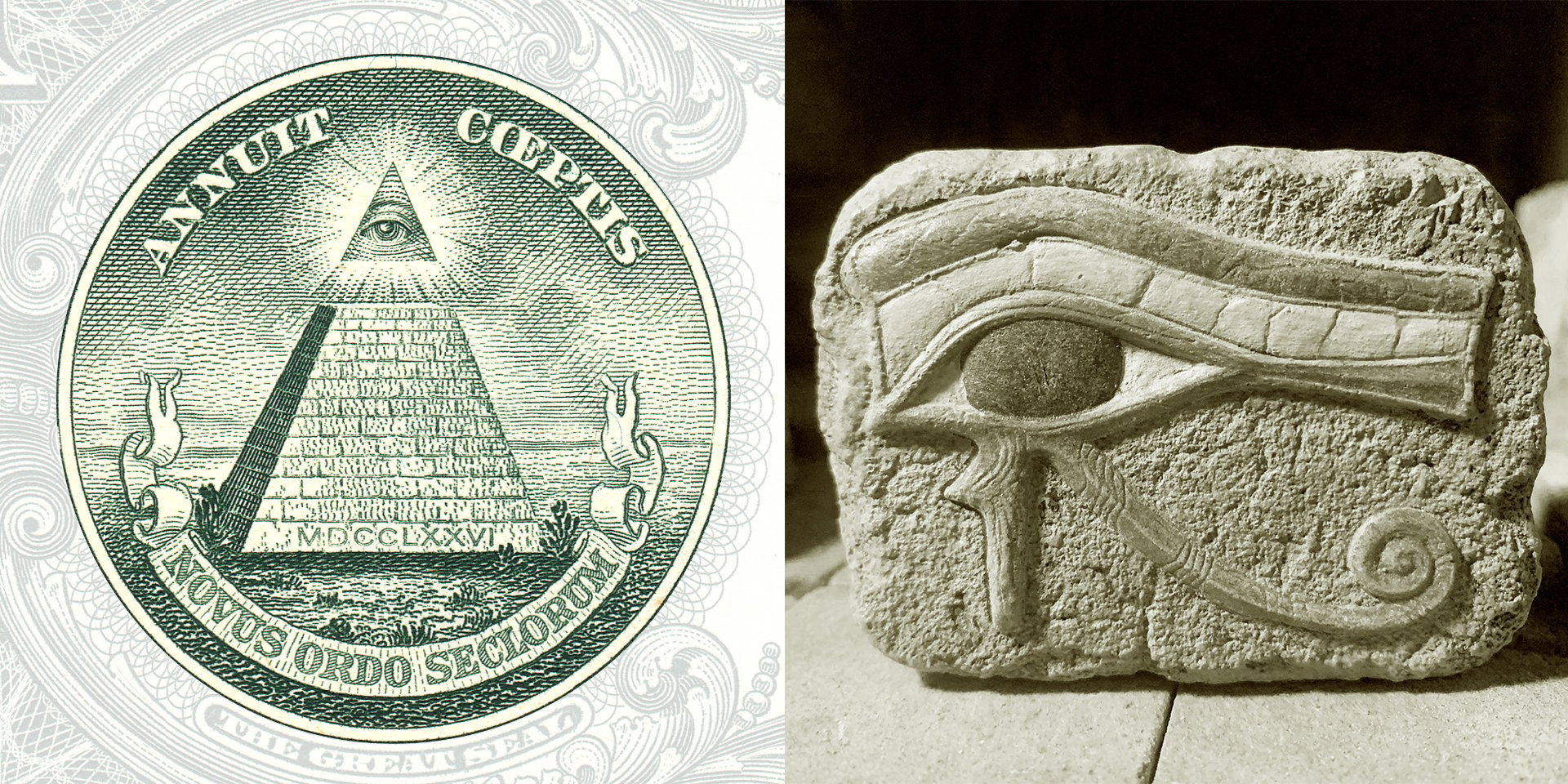
While the Eye of Horus and the All-Seeing Eye share some of their meaning, they diverge in significant ways. Their symbolism splits along lines of the individual versus the collective and healing versus watchfulness.
Protection is a common theme, but the scope varies. The Eye of Horus leans toward personal protection. It shields individuals from harm, ensuring safe journeys and health. The All-Seeing Eye on the other hand, is of a broader scope. It is more about divine watchfulness over a nation or a group of people. It signifies collective protection by a higher power.
Another difference lies in the nuances of their symbolism. The Eye of Horus carries the idea of rejuvenation. It is associated with healing and restoration. This aspect is less evident in the Eye of Providence. The All-Seeing Eye focuses more on guidance. It represents God’s vigilant care, rather than healing.
Thus, while both eyes watch over humanity, their visions diverge. They offer two unique interpretations of divine protection, power, and guidance. One is more personal and restorative, the other more collective and watchful.
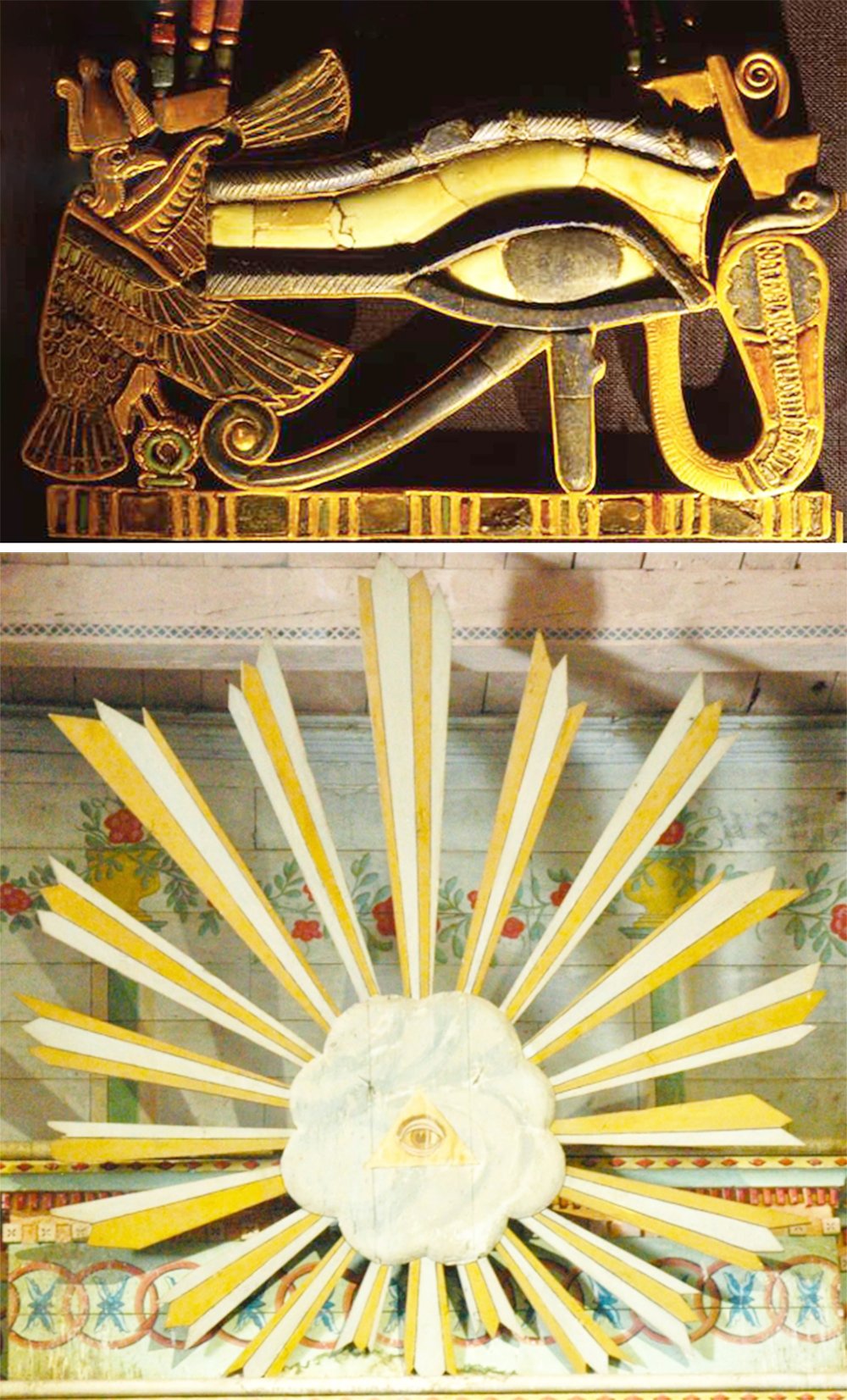
As we fast forward to the modern era, we see the Eye of Horus and the All-Seeing Eye in a new light. Both have adapted and evolved, carving out a place for themselves in contemporary culture.
Today, these symbols have moved past their original cultural contexts and have become universal symbols. People across the world wear these symbols as jewelry or tattoo them onto their skin. Representing spirituality, mysticism, protection, and good fortune, they are meant to serve as charms that shield the wearer from harm.
From paintings to sculptures, novels to films, music to video games—these symbols are everywhere. Renowned artists, such as Salvador Dali in “The Eye”, have incorporated these symbols into their artworks. They serve as a bridge between the ancient and the modern, infusing contemporary cultural expressions with a touch of mystique.
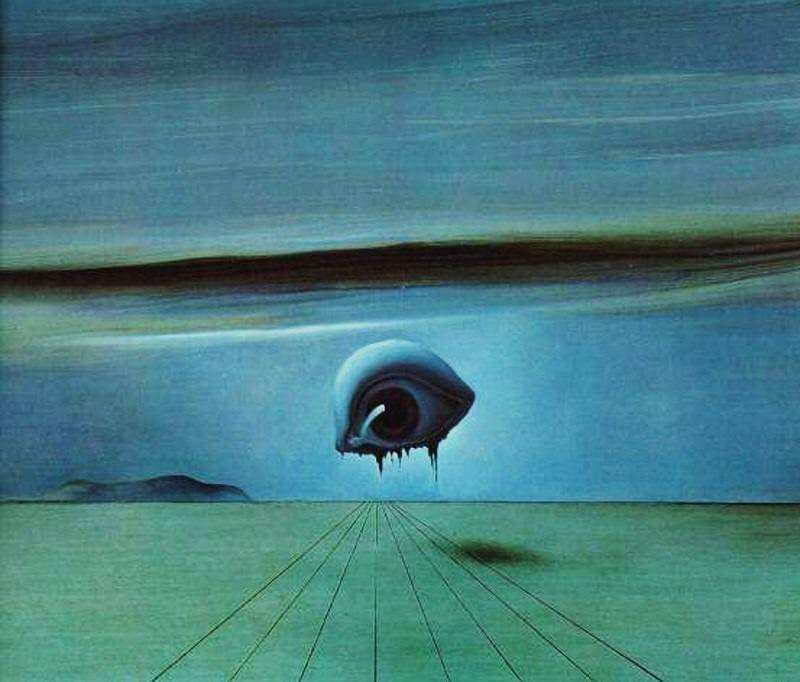
These symbols are also present in the sphere of politics and society. After the French Revolution, the All-Seeing Eye of God was featured in Jean-Jacques-François Le Barbier’s 1789 charter of human rights, “The Declaration of the Rights of Man and of the Citizen.” The symbol took on a new meaning as a representation of reason, watching over the newly egalitarian nation of France.
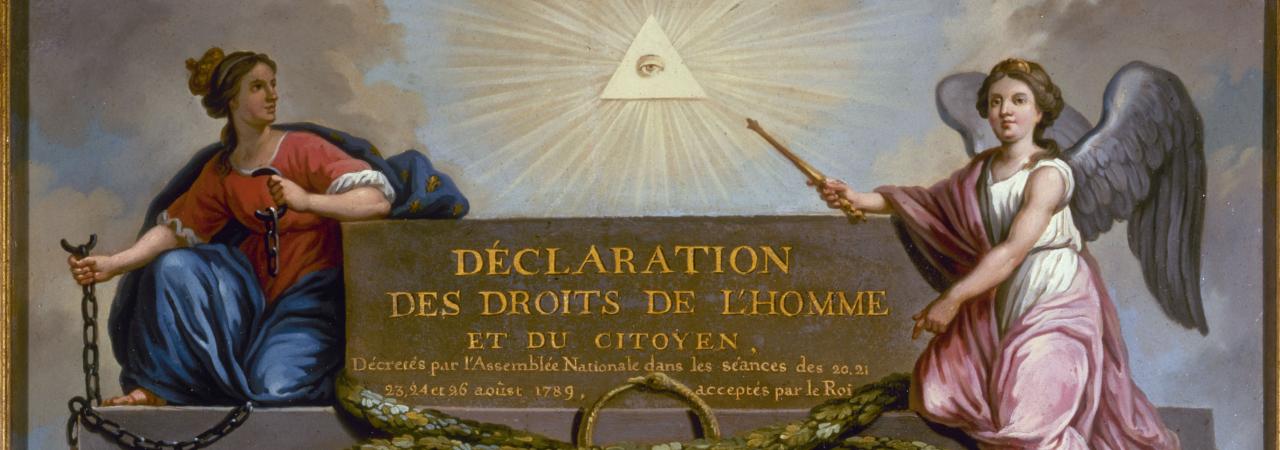
Across the Atlantic, the All-Seeing Eye found a place on the Great Seal of the United States, adopted in 1782. Above an unfinished pyramid representing the original 13 states and the future growth of the nation, the Eye signifies national protection under God’s watchful gaze. It’s also featured prominently on the United States one-dollar bill, a design first issued in 1935.
Freemasonry, a worldwide fraternal organization, uses the All-Seeing Eye as a representation of the Supreme Being. Despite common misconceptions, the Illuminati, another secret society, did not use the Eye of Providence. They had their own symbols, such as the owl of Minerva and a pyramid with a radiant sun, symbolizing wisdom and enlightenment, respectively.
The journey comes to an end. But the symbolic power of the Eye of Horus and the All-Seeing Eye remains. Despite their somewhat different meanings, these symbols share at least one common thread—they’ve created a lasting mark on human culture.
Some see a structural resemblance between the Eye of Horus and the pineal gland. This small gland is located deep within the brain. They believe it’s a source of mystical vision and might even have psychic powers. The Eye of Horus might symbolize this hidden power.
There are other symbols similar to the Eye of Horus and the All-Seeing Eye. Consider the Eye of Ra, the Hamsa, the third eye, and the eyes of Buddha. These symbols are echoes of the same themes. They speak of protection, divine power, and spiritual insight. They are part of humanity’s shared cultural fascination with powerful and mysterious emblems.
These are not mere trinkets. They are echoes of humankind’s collective longings.
